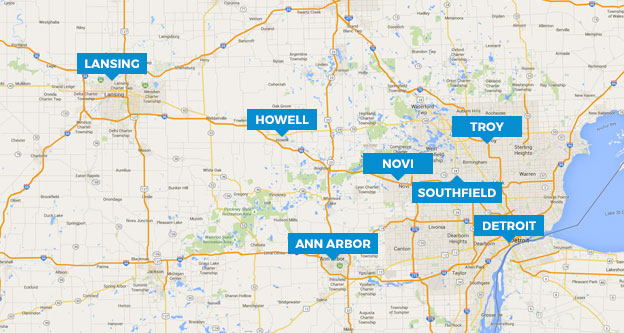This is topic no one really wants to discuss because most people dislike paying the IRS on a quarterly basis. Who wants to take money from their earnings to pay Uncle Sam? To date, we have not found anyone that enjoys this process. But it is a necessary evil. Failing to pay estimates can lead to large tax bill at the end of the year including a significant amount of penalties. This blog reviews the basic rules for paying estimated taxes.
Who pays estimated taxes?
Generally, self-employed individuals are the main group of taxpayers that are required to pay estimated taxes. Retirees and individuals receiving unemployment benefits also are required to pay estimated taxes unless they elect to voluntarily withhold federal taxes from their pay. Finally, employees are required to pay estimated taxes if he or she did not withhold enough taxes from their wages.
When are estimated taxes due?
The due dates are:
- Quarter 1 – April 15
- Quarter 2 – June 15
- Quarter 3 – September 15
- Quarter 4 – January 15
If the 15th falls on a weekend or on a federal holiday, then the due date is the next business day.
How are estimates determined?
For most individuals, the required annual payment is the lower of 100% of the previous year tax or 90% of the current year tax. Then divide this amount by four to determine the amount to pay per quarter.
Example: Your 2012 tax was $5,000. For 2013, you believe your business will grow and your accountant estimates that your 2013 taxes will be $6,000. Estimated payments based on 2012 taxes will be $5,000 / 4 = $1,250 per quarter. Estimated payments based on 2013 projected taxes will be .90 x $6,000 / 4 = $1,350. To avoid the penalty for failing to pay the proper estimates, you will need to pay at least $1,250 per quarter.
If your adjusted gross income (AGI) is greater than $150,000 ($75,000 married filing separate) then you must pay 110% of the previous year tax or 90% of the current year tax. Then divide this amount by four to determine the amount to pay per quarter.
Example: Your AGI for 2012 was $500,000 and the tax was $160.000. For 2013, you believe your business will decline a little and your accountant estimates that your 2013 taxes will be $150,000. Estimated payments based on 2012 taxes will be 110% x $160,000 / 4 = $44,000 per quarter. Estimated payments based on 2013 projected taxes will be .90 x $150.000 / 4 = $33,750. To avoid the penalty for failing to pay the proper estimates, you will need to pay at least $33,750 per quarter.
Exception to these rules
You are not required to pay estimated taxes if your tax is less than $1,000.
If did not pay enough estimates during the year and you are left with a large tax bill, call ALG Tax Solutions 855-MI-Tax-Help (855-648-2943) or provide your contact information online. You may also qualify for penalty abatement.
IRS Circular 230 Disclosure: To the extent this writing contains advice on a federal tax issue, the advice is not intended to be used, and cannot be used, for the purpose of (i) avoiding penalties under the Internal Revenue Code, or (ii) promoting, marketing, or recommending to another party any transaction or matter addressed in this communication.





